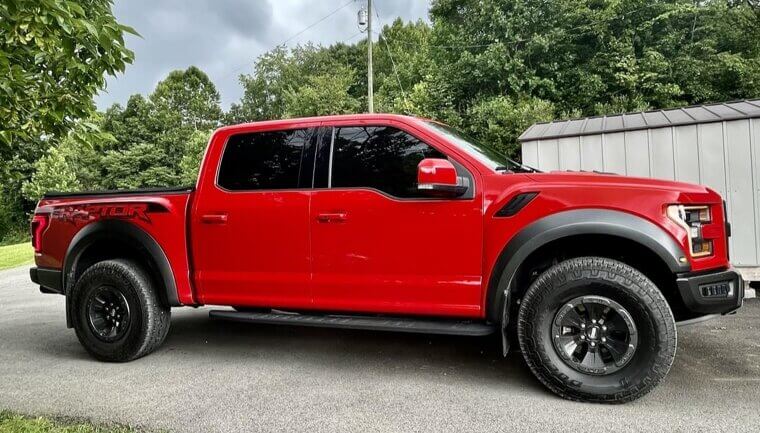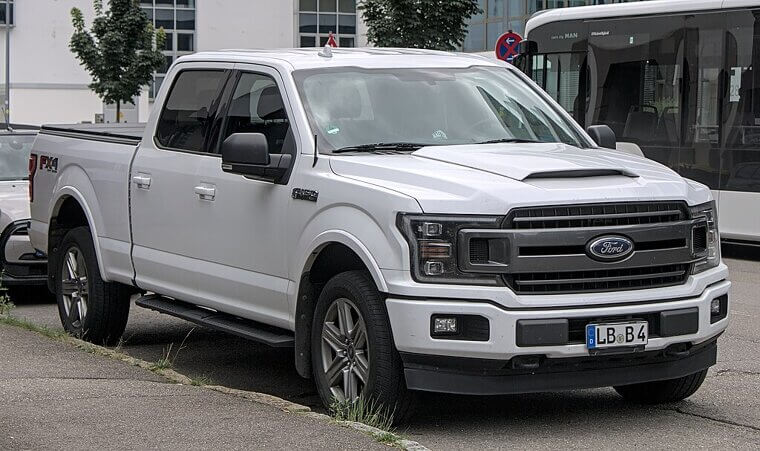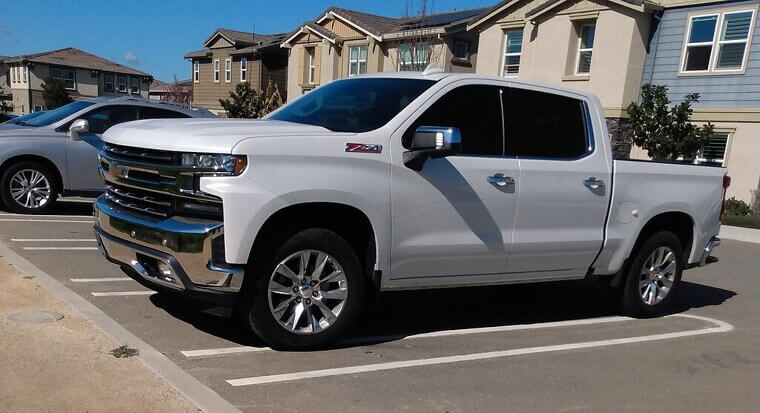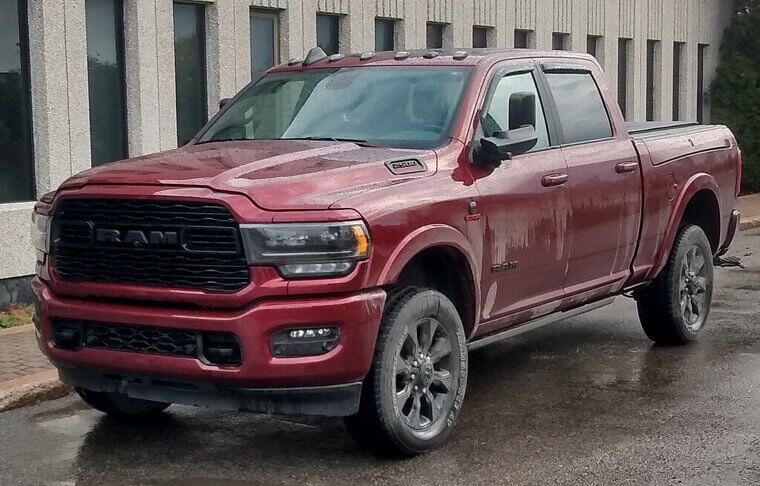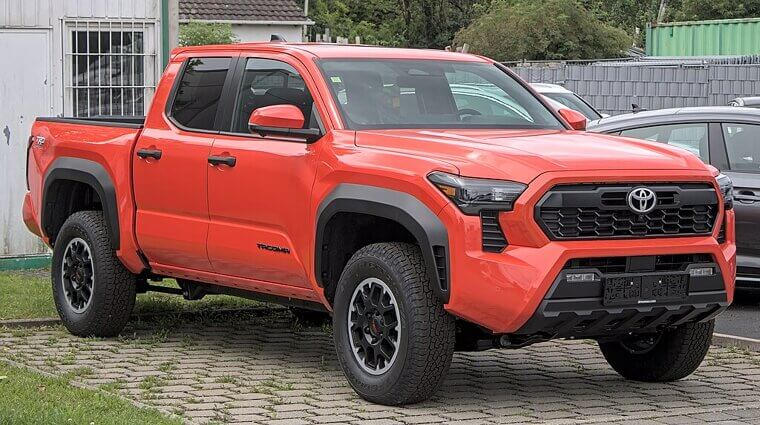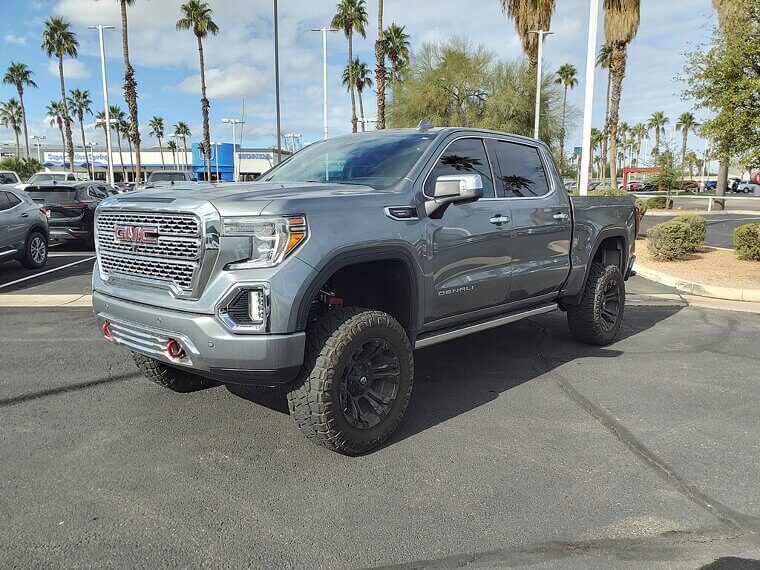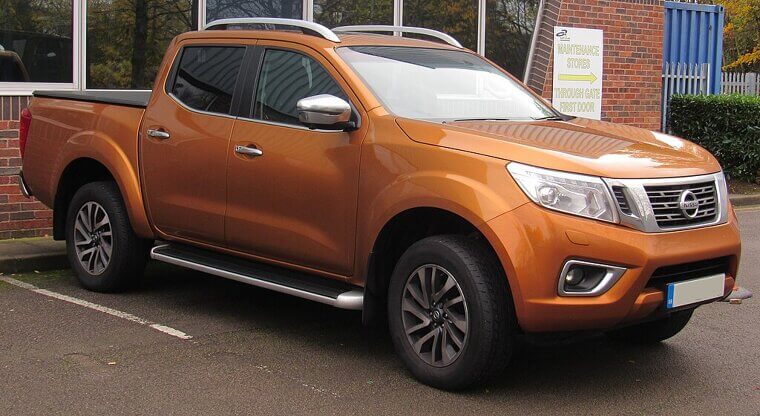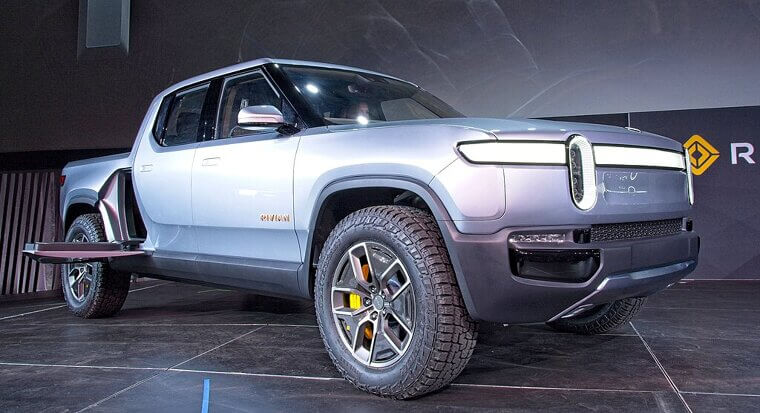Buying a Pickup? These 7 Steps Will Save You Money
Buying a pickup truck isn't just shopping - it’s matchmaking for horsepower, payload, and personality. If you’re hauling hay, towing toys, or just love the height advantage at traffic lights, there’s a lot to consider. These steps will help steer you through the muddy maze of options toward your perfect pickup partner.
Prepare to Spend More
Trucks aren’t cheap anymore. Even base models can cost as much as a well-equipped SUV, and once you add towing packages or trims, the bill climbs quickly. This means you have to account for higher fuel, insurance, and maintenance costs into the bargain. It’s an investment, but if you play your cards right, a good truck can work as hard as it plays.
Know What You’re Towing
Before you even glance at listings, know your trailer weights. Boats, campers, work gear… they all vary. Overestimating leads to overspending, while underestimating risks damage or safety issues (which, needless to say, are non-negotiable). Match your truck’s towing capacity to your actual needs, rather than wishful thinking. Towing smart is about control, rather than brute strength - even if your vehicle’s a behemoth.
Do You Need Light- Or Heavy-Duty?
Do you need a Half-ton or three-quarter-ton? Light-duty pickups (such as the ever-popular Ford F-150 or Chevrolet Silverado 1500) suit most people. But if you’re regularly towing heavy trailers or hauling loads, a heavy-duty model (2500/3500 series) offers tougher suspension, bigger brakes, and serious power. Just remember: bigger isn’t always better; it’s about what fits your real-world demands.
Choose Your Engine and Axle Ratio
Engines range from efficient four-cylinders to thirsty V8s and torquey diesels. More power means more towing, but also more cost (especially when it comes to fuel). The axle ratio plays a hidden but vital role too, that most people overlook: lower ratios for efficiency, higher for towing torque. Balancing engine and axle choice can fine-tune your truck’s performance for daily life.
Consider Bed and Cab Size
Do you need space for the whole crew, or are you just trying to squeeze in your toolbox and dog? Cab styles range from regular (two-door) to crew (four full doors), while beds come short, standard, or long. Bigger cabs usually mean shorter beds. Prioritize your day-to-day usage (hauling gear or hauling passengers) to pick the right mix.
Select Your Trim, Options and Packages
From basic workhorses to leather-lined luxury liners, trims define your ride. Do you need off-road gear, trailer tech, or just heated seats for winter mornings? Be strategic; some packages bundle helpful features, others just add cost. Look for value over vanity, and don’t pay extra for gear you’ll never use.
Check Special Fees and Regulations
Some states charge more for large trucks, diesel engines, or heavy-duty models. Others restrict certain trucks from urban areas. Even parking can be a problem in tight cities! Make sure you understand local laws, emissions rules, and registration fees. Better to know upfront than to get hit with surprise costs later.

